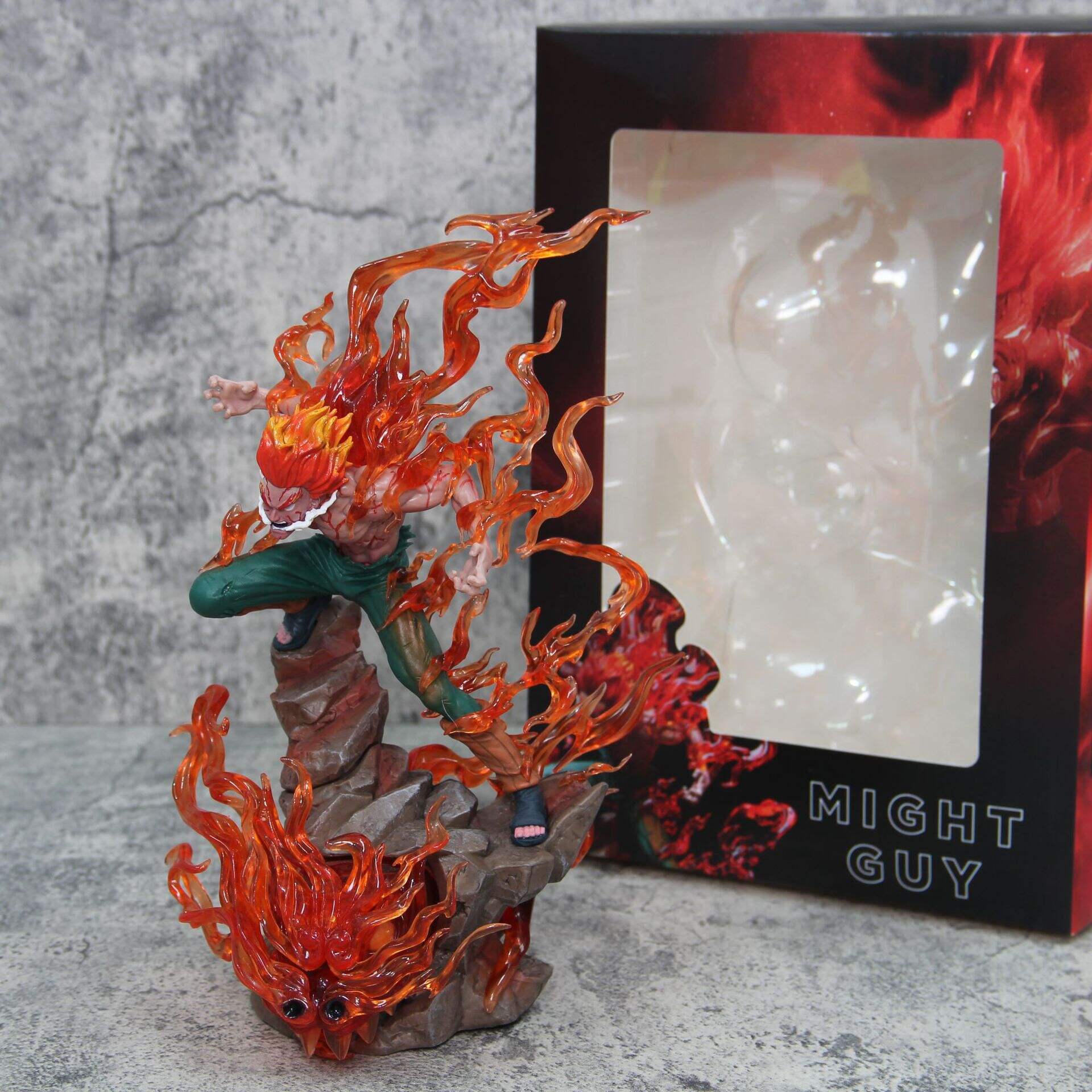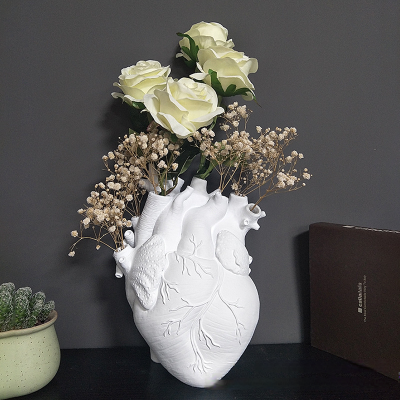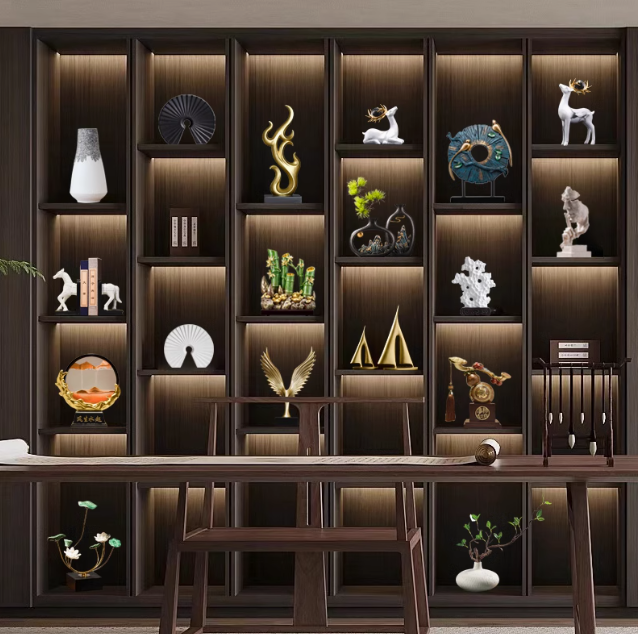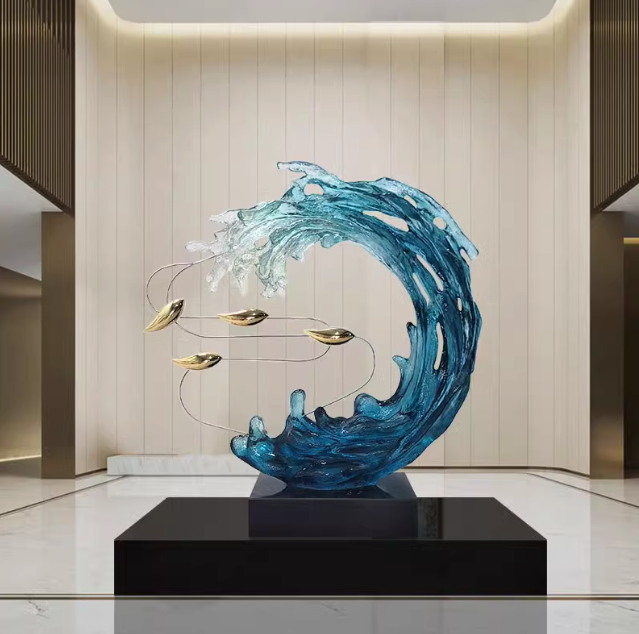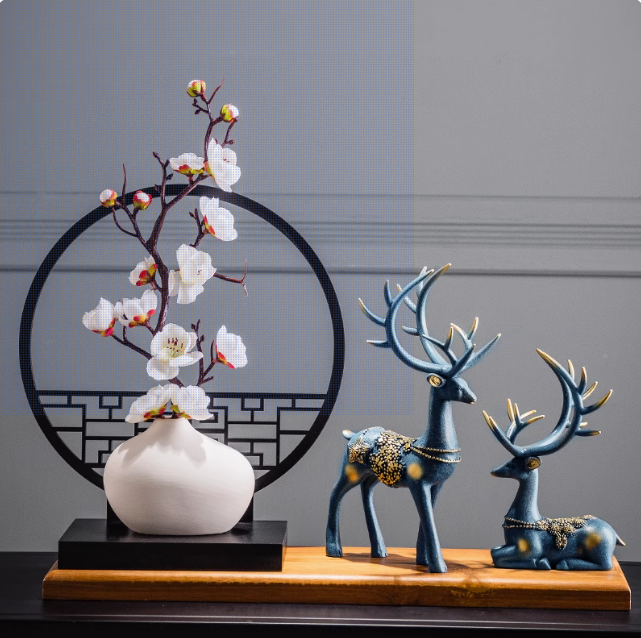epoxy for craft projects factory
An epoxy for craft projects factory represents a specialized manufacturing facility dedicated to producing high-quality epoxy resins specifically formulated for creative and artistic applications. These advanced manufacturing centers combine cutting-edge chemical engineering with precision quality control to deliver epoxy products that meet the exacting demands of craft enthusiasts, artists, and professional makers. The primary function of an epoxy for craft projects factory involves the synthesis of two-component epoxy systems that cure to form durable, crystal-clear finishes perfect for various creative endeavors. The technological infrastructure within these facilities includes state-of-the-art mixing equipment, temperature-controlled reaction vessels, and sophisticated testing laboratories that ensure consistent product performance. Modern epoxy for craft projects factory operations utilize automated dispensing systems and computerized monitoring to maintain precise chemical ratios and eliminate batch variations. The manufacturing process incorporates advanced filtration systems to remove impurities and achieve the optical clarity that craft applications demand. These factories typically produce multiple epoxy formulations, including fast-cure options for quick projects, slow-cure variants for complex pours, and specialized formulations with enhanced UV resistance or flexibility. Quality assurance protocols within an epoxy for craft projects factory encompass rigorous testing for viscosity, pot life, cure time, and final hardness properties. The applications for products from an epoxy for craft projects factory span numerous creative domains, including resin art, jewelry making, wood finishing, river tables, coaster creation, and decorative casting. Professional woodworkers rely on these factory-produced epoxies for filling voids and creating stunning visual effects in furniture pieces. The versatility of factory-manufactured craft epoxies extends to educational settings, where art instructors use these materials to teach students about chemical reactions and creative expression simultaneously.
